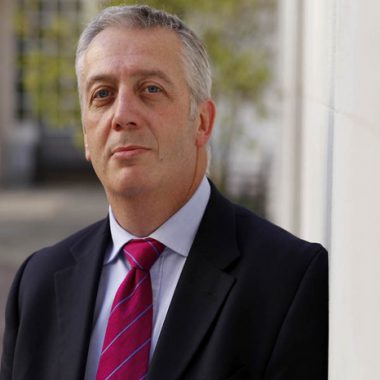Q&A: Named GP scheme for the over-75s

What does the named GP need to do?
This role is one of oversight and co-ordination of the care for a practice’s patients aged 75 and over. The requirements were agreed to reassure those patients that they have one GP in the practice who is responsible for ensuring that their needs are met, although the ‘named GP’ does not have to be personally available for daily contact.
The responsibilities of the named GP, as set out in the 2014/15 contract, are to:
• Ensure that all appropriate GMS services are delivered to the patient.
• Where required, work with health and social care professionals to deliver multidisciplinary care that meets the needs of the patient.
• Ensure that the patient’s needs are recognised and responded to by the relevant clinicians in the practice.
• Ensure that the patient has access to a health check, if requested.
How should practices allocate GPs?
This is largely for practices to decide; they may want to allocate according to who each patient’s regular GP is, or whether the patient has a condition that requires particular expertise. However, reasonable efforts must be made to accommodate patient preferences.
Some practices have done this using an automated system (see related case study), or GPs can go through patient notes and match them to the patients they see most regularly.
How will GPs be paid for this work?
This will be funded through the global sum as it is a contractual requirement
How many over-75s are there likely to be at my practice?
The Office for National Statistics estimated that 7.8% of the UK population was over 75 in 2009, so it follows that in an average practice of 6,500 patients, just over 500 would be aged over 75.
How much additional workload will this entail?
A lot of practices patients already have a ‘usual doctor’ arrangement, and registration with a named GP was the regulatory norm before the introduction of the 2004 contract, so introducing a named GP should not be a huge amount of additional work. There is already a contractual obligation to offer newly registered patients the chance to choose their preferred named healthcare professional and this requirement merely adds another layer to that.
Can we opt out?
No, it is a contractual requirement.
What’s the cheapest way to inform patients about the scheme?
You can tell patients who their named GP is at their next routine consultation, write to them or include a note with a prescription. There is a template letter for practices on the BMA website, which explains how the scheme works, and that having a named GP won’t prevent patients from seeing any other GP if they wish.
What happens if a named GP is on long-term sick or maternity leave?
Practices need only take action if the named GP cannot carry out their duties for a significant period, for example through maternity leave. Inform patients on that GP’s list and, where necessary, assign another named GP.
Do we need to code patients once they have been allocated?
Under the GP contract, practices must show that all patients aged 75 and over have been assigned a named GP. Entering the Read code for each patient notified will ensure this can be monitored.
The Read codes for ‘Patient notified of named general practitioner’ are: 67DJ. (Read v2) and Xab9D (Read CTV3). All are specified in the BMA guidance: http://tinyurl.com/BMAnamedGPinfo
Who will monitor practices’ performance for this work?
All patients over 75 must have a named GP by 31 July and new patients must have one within 21 days of registration. Your area team will monitor your progress and failure to meet these targets could put you in breach of your contract.
Dr Dean Marshall is a GPC negotiator and a GP in Dalkeith, Midlothian
Visit Pulse Reference for details on 140 symptoms, including easily searchable symptoms and categories, offering you a free platform to check symptoms and receive potential diagnoses during consultations.









